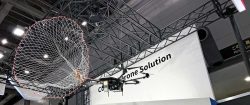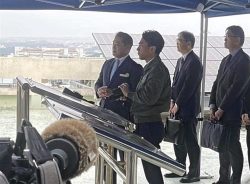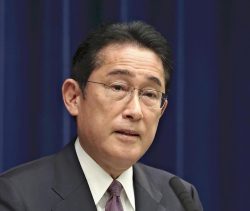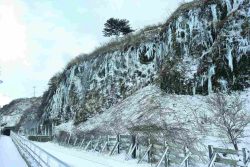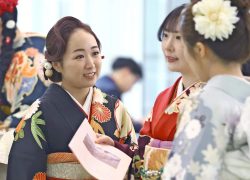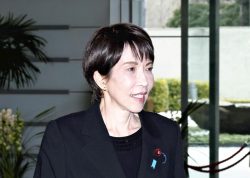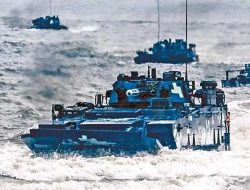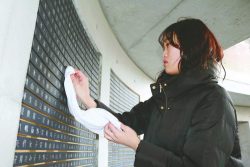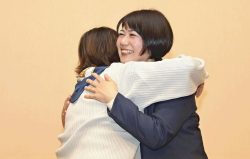Japan’s PAC-3 Production to be Strengthened for Exports;2+2 Meeting to Discuss Making Patriots, Other Missiles
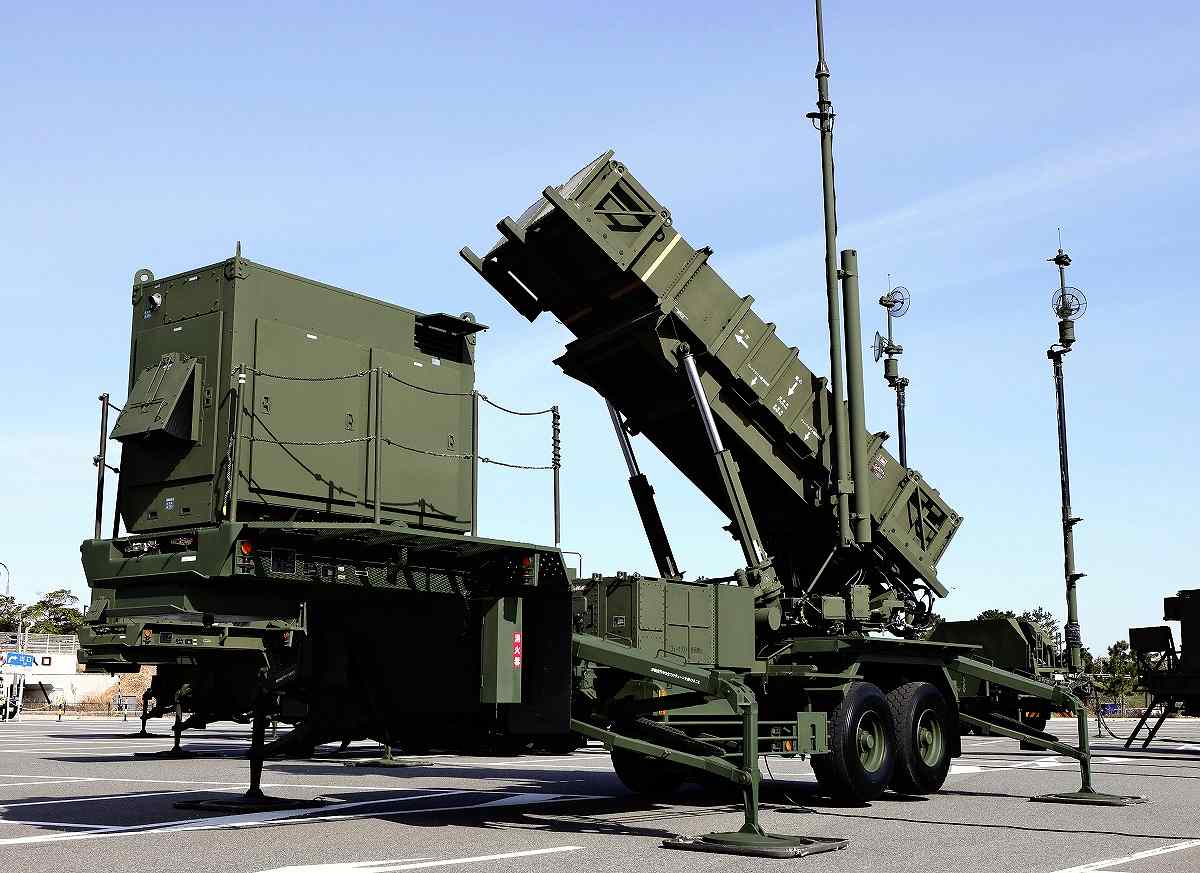
A PAC-3 missile deployment drill is held in Fukuoka in February.
14:46 JST, July 26, 2024
The Japanese and U.S. governments are set to strengthen the production system in Japan for the sake of exporting Patriot Advanced Capability-3 (PAC-3) surface-to-air guided missiles from Japan to the United States.
As the United States continues to provide military aid to Ukraine, which has been subjected to Russian aggression, it is reportedly facing a shortage of equipment. Japan, an ally of the United States, is expected to provide support.
The two countries also aim to establish a production system in Japan for a medium-range air-to-air missile named AMRAAM, according to Japanese government sources.
The agreement is expected to be reached on Sunday at the Japan-U.S. Security Consultative Committee, also known as the 2-plus-2 security talks, the sources said.
PAC-3 missiles, which intercept ballistic missiles, are licensed products developed by a U.S. company. A Japanese company also manufactures the missile in Japan for a patent fee.
Since Russia launched its aggression against Ukraine in February 2022, the United States has continued to supply Ukraine with related equipment, reportedly resulting in a stockpile shortage.
Japan currently produces about 30 PAC-3 missiles per year for the Air Self-Defense Force. The production system in Japan will be strengthened in the coming years for export to the United States.
Meanwhile, AMRAAM missiles are carried by state-of-the-art F-35 stealth fighter jets and others and are developed and produced by a U.S. company. Japan is currently dependent on imports for the missiles.
As with the PAC-3, production of AMRAAM missiles in the United States is insufficient, so Japan has not yet been able to import the missiles as planned.
Japan and the United States plan to discuss whether to license production of AMRAAM missiles in Japan and then either use them in Japan or export them to the United States.
In December, the Japanese government revised the Three Principles on Transfer of Defense Equipment and Technology and the principles’ implementation guidelines. The revision allowed the full export of finished defense products manufactured under license to countries that hold patents on them.
At the Japan-U.S. summit meeting held in the United States in April, the two countries’ leaders agreed that regular talks would be held on the joint production of missiles among other issues.
The first such meeting was held in June, with officials working to select specific defense equipment to be produced in Japan.
The joint production of equipment by Japan and the United States is also aimed at strengthening the ability to continue fighting in the event of a contingency.
Sunday’s Japan-U.S. 2-plus-2 meeting will be held in Tokyo. Foreign Minister Yoko Kamikawa and Defense Minister Minoru Kihara, as well as U.S. Secretary of State Antony Blinken and U.S. Secretary of Defense Lloyd Austin, are expected to discuss measures to strengthen the alliance at the meeting.
"Politics" POPULAR ARTICLE
-

Japanese Language Requirement Eyed for Permanent Residency Status; LDP Plans Revisions of Laws on Foreigners
-
-250x167.jpg)
Japan Eyes Plan to Accept Up To 1.23 Mil. Foreign Workers by End of Fiscal 2028
-
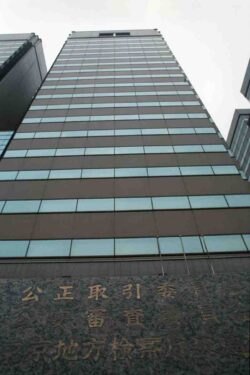
AI-Driven ‘Zero Clicks’ Phenomenon Threatens Democracy; News Outlets Must Be Able to Recover Costs, Stay Independent
-

Japanese Public, Private Sectors to Partner on ¥3 Tril. Project to Develop Domestic AI, SoftBank to Be Key Firm Involved
-

Japan’s Defense Ministry to Extend Reemployment Support for SDF Personnel to Age 65; Move Comes Amid Ongoing Labor Shortage
JN ACCESS RANKING
-

As Chinese Tourists Shun Japan, Hotels and Stores Suffer
-

Core Inflation in Tokyo Slows in December but Stays above BOJ Target
-

Osaka-Kansai Expo’s Economic Impact Estimated at ¥3.6 Trillion, Takes Actual Visitor Numbers into Account
-

Japan Govt Adopts Measures to Curb Mega Solar Power Plant Projects Amid Environmental Concerns
-

BOJ Gov. Ueda: Highly Likely Mechanism for Rising Wages, Prices Will Be Maintained



